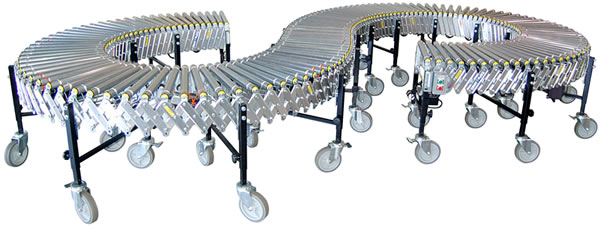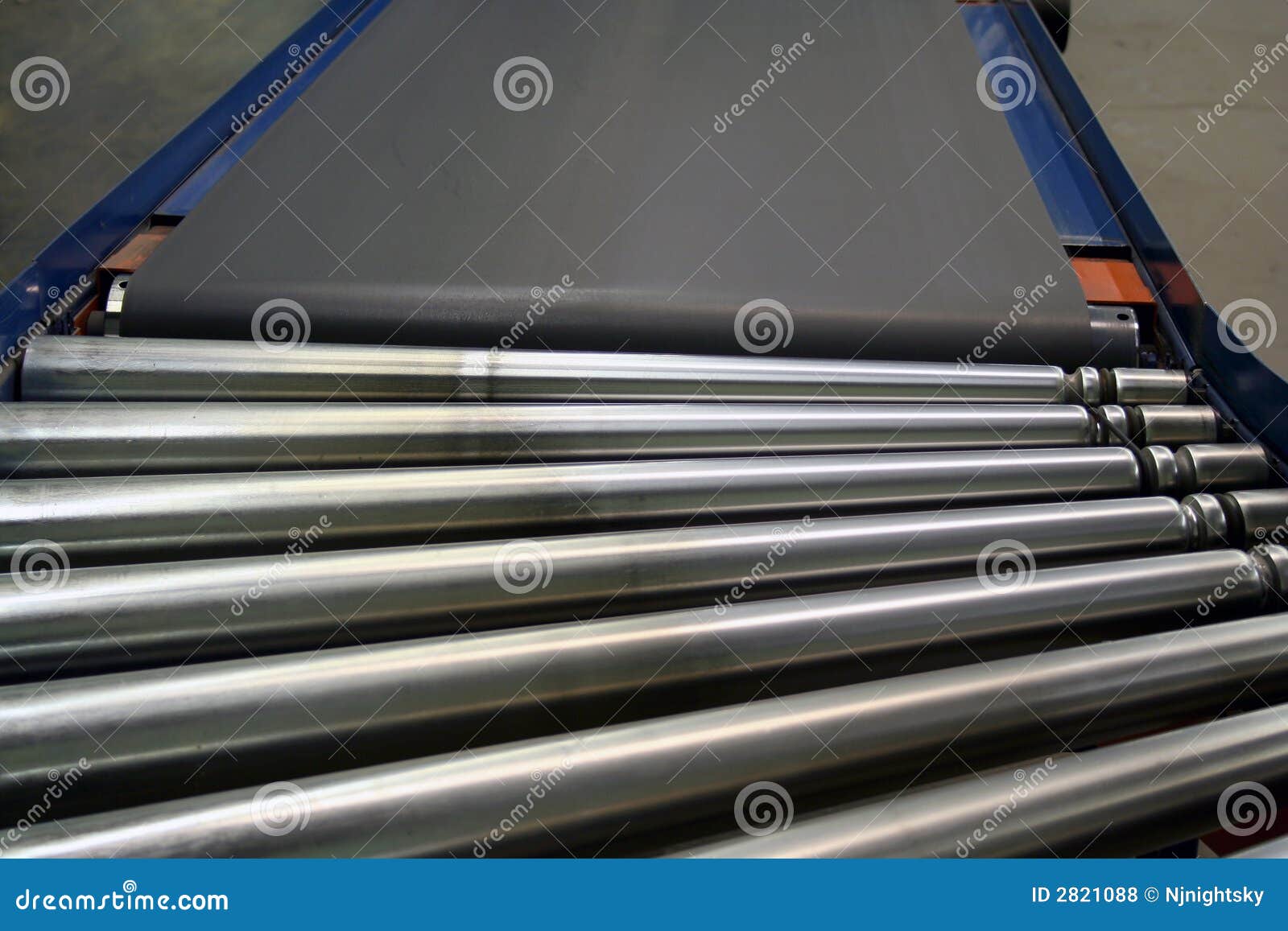 Conveyor system applications are so crucial to modern businesses. The concept of gravity roller conveyors has been around since the inception of documented history. It is considered that the roller technique was applied in the making of the historic Egyptian pyramids and Stonehenge, among a great many other things.
Conveyor system applications are so crucial to modern businesses. The concept of gravity roller conveyors has been around since the inception of documented history. It is considered that the roller technique was applied in the making of the historic Egyptian pyramids and Stonehenge, among a great many other things.
While roller conveyors have been around probably since the caveman, it was not before the 20th century this technology was brought into practicality. It was around this time that the notion that several folks could successfully move a commodity from one place to another, without the need of basically moving themselves. Whether you have to buy a single conveyor roller or tens of thousands of conveyor roller, Fastrax manufacture to fit your particular requirements.
Earlier application of conveyor solutions
There is no doubt that conveyor roller systems have been an integral part of material managing for more than 100 years, even though their origin ranges back beyond this time. Movement of bulk materials using conveyor belts extends back to around 1795 when the vast majority of the machine was utilized by farmers to load grains onto boats. It was a great comfort to farmers after working hard in the fields. They had been also employed in underground mines once the industry started making use of them to move coal.
Several points in history
- The first conveyor systems have been created with a solid wood framework and the belts were either from rubber or cloth.
- The greatest milestone arrived in 1908 when Hymle Goddard, from Logan Company trademarked the very first roller conveyor in 1908. Despite this conveyor business did not fully blossom until 5 years afterwards.
- In 1913 Henry Ford made history by launching the assembly line for the mainstream industry by using the roller conveyor to alter material movement. This revolution lessened manual labour requirements and accelerated production.
- In the 1920s, conveyor roller solutions were made to transport products over much longer distances from the initial short distances. The first underground advanced assembly with tiers of rubber and pure cotton covers was designed to move coal over a distance of 8kms.
- Over the time of the World War 2, synthetic belting materials were utilized due to the scarcity of natural materials. This marked the rapid technical growth in improved conveyor systems. Up to today an endless list of synthetic materials and polymers are utilized in making conveyor roller belting systems.
- Within the 1970's, 80s and 90s, conveyor equipment makers formulated and improved powered conveyor rollers to eliminate high priced upkeep.
From then, advancements in modern technology and innovation have kept conveyor roller systems on the leading edge; by using computers to handle complicated and automated applications, versatility and optimum performance.
Modifications in technology are certain to keep the industry in motion as end users search for faster throughput, diverted sorting and use of wireless technology.
The application of conveyor roller equipment in society today
 While the belt conveyor has some negatives, a lot of industries these days are full of roller conveyors because it enables automated accumulation of products. In today's computer world, roller conveyors carry on and play an essential role. Roller conveyor solutions are used in the vehicle, computer, farming, food processing, pharmaceutical, aerospace, chemical, canning and bottling industries, to name a few.
While the belt conveyor has some negatives, a lot of industries these days are full of roller conveyors because it enables automated accumulation of products. In today's computer world, roller conveyors carry on and play an essential role. Roller conveyor solutions are used in the vehicle, computer, farming, food processing, pharmaceutical, aerospace, chemical, canning and bottling industries, to name a few.
While many folks might be unacquainted with it, modern systems have an enormous number of rollers functioning relentlessly behind the scenes. From food, postal mail, courier, airport luggage, clothing and industrial packages, conveyor rollers are being used in movement to designated destinations.
There are several other sorts of item movement systems, however it is only roller conveyor systems which can function as centres for accumulation and routes for movement concurrently. There are very few innovations with the same impact on society such as the conveyor roller equipment.
